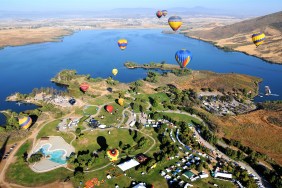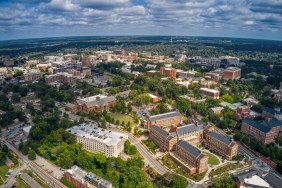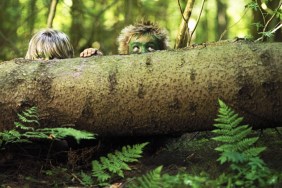When she arrived, she journeyed from New York to a small Polish farming community near Wilkes- Barre, Pennsylvania. It was there, she spent the rest of her days, cooking up kielbasa and kapusta kiszona, never speaking a word of English. She didn’t need to, since everyone there was from her homeland anyway.
Our country is a potpourri of many cultures, all blended together to make a unique bouquet. From the English who first settled in Jamestown, to the Hispanics, who make up 16 percent of the American population, our ethnic diversity is broad. Every state has pockets of culture where immigrants from long ago first settled to be amongst their own people. Children can learn about other countries by visiting one of these communities. Most of these neighborhoods have been preserved; the people still speak their natural language, prepare their homeland foods and hold fast to their native customs. Major cities such as Chicago and New York have their own Chinatown, and Minot, North Dakota hosts the world’s largest Scandinavian festival. Before we became Americans, unless they were Native Americans, our ancestors came from another part of the world, and there’s a good chance they settled in one of these communities at the beginnings of America.
Most cities and towns host annual cultural events, from music festivals to parades and church affairs. Take your child to one of these events, or visit a cultural neighborhood near your home town. Before your outing, teach your children a few words in the language prevalent to the place you’ll be visiting, such as, “hello,” or “thank you” or “please.” Let them partake in foreign food, both the sweet and the spicy. Let them listen to the rhythm of native instruments such as Scottish bagpipes or Spanish guitars.
After your trip, take them to the library or your local bookstore and let them browse through a book on the country’s culture they just learned about. Some fun examples are, The Cajun Three Little Pigs, or The Story of St. Patrick’s Day. Many schools hold assemblies featuring native folk dancers or musicians that introduce students to the ways and customs of lands far away. Encourage your school to do this if they don’t already, then contact a cultural community center to help plan this event. It’s difficult for many families to travel to exotic countries, but making the world more accessible to children is not only a valuable tool for learning, it peaks their curiosity and opens their minds expansively.
Bonus Activity:
Coordinating with a chef from the cooking section of a local publication to learn about making a recipe native to the people who settled in your home town or discover cuisine from your own ethnic background.








